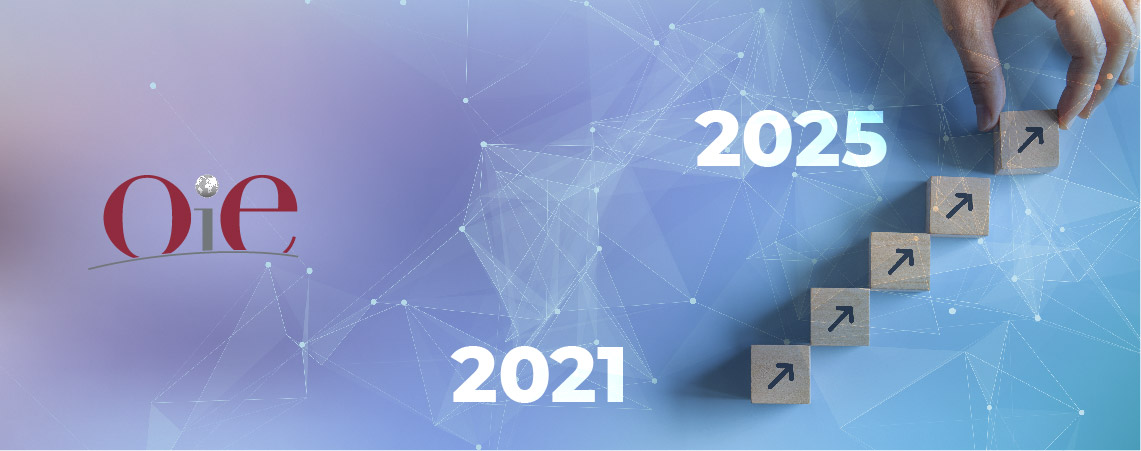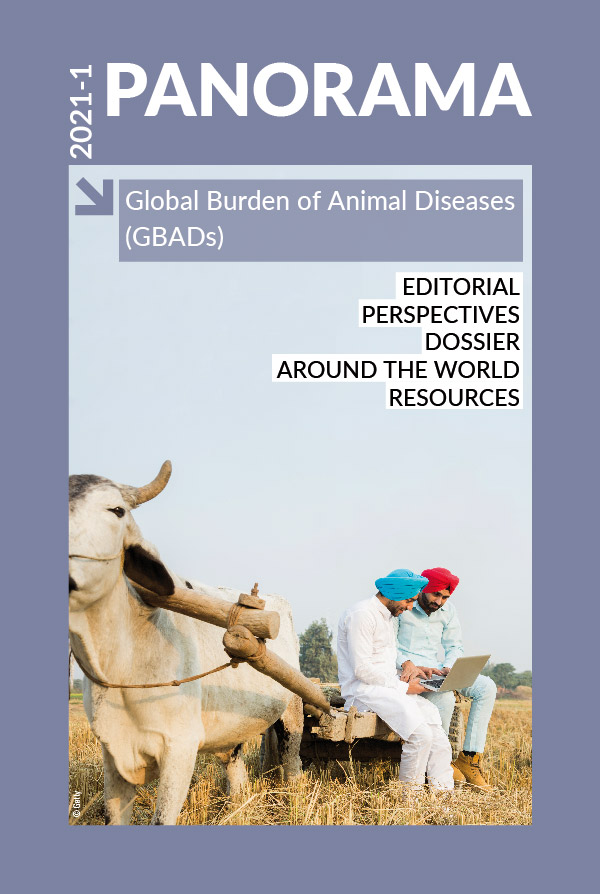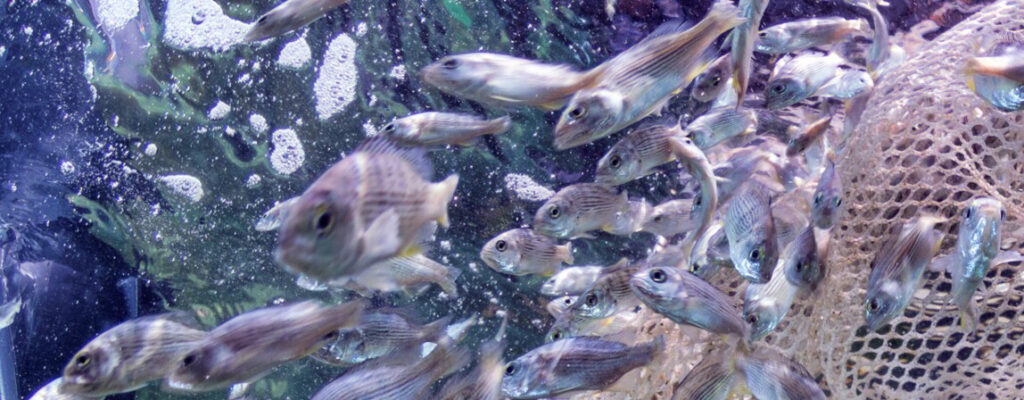Perspectives Posted on 2021-08-16 11:12:40
OIE actions
Linking GBADs to the OIE’s 7th Strategic Plan and digital transformation strategy
Keywords
Authors
M. Stone, Deputy Director General, International Standards and Science, World Organisation for Animal Health (OIE).
Our mission of global improvement of animal health, animal welfare and veterinary public health requires investment in Veterinary Services. Epidemiology and economics are natural partners in this mission, providing the connection between life sciences and social sciences that is necessary to design and deliver comprehensive and sustainable evidence-based policy and results-based programmes.
OIE’s digital transformation within our work programmes
A digital transformation is underway in the OIE. This involves infrastructure and architecture, workflows and efficiency, stewardship competencies and governance policies. But for our scientific work programmes, we also recognise it is fundamentally about our data management approach. We have established objectives that apply across all workstreams (Fig. 2). As a normative body, we use the cycle of standards development and implementation as the foundation for understanding our work (Fig. 3). At each step in this cycle we have important functions that generate data, typically through collecting information from our Members, but also through monitoring and evaluation activities in our programmes. The OIE Observatory introduces the conceptual ‘standards monitoring framework’, mapping our data-generating activities to our international standards, and ultimately to our core mandate (Fig. 4). An ambitious but realistic vision has been established that will see all our workstreams connected through our core referential data (standards, countries, diseases). An open-access principle will ensure this data is available to the global community. The resulting analysis and insights will help drive improvements and investment.
GBADs connection to OIE data and workstreams
Countries and diseases will also be core data within GBADs. GBADs will draw incidence and prevalence data on diseases from OIE–WAHIS. Country Veterinary Service capability reported in OIE-WAHIS and performance derived from OIE PVS Pathway reports will inform estimation of actual and utopian scenarios during the definition of the animal health loss envelope [1]. GBADs estimates of losses attributable to diseases in production systems in countries will contribute to business cases for Veterinary Services’ investment in PVS Gap Analyses. The GBADs data and system will become a critical tool in prioritisation and decision-making for investment in livestock systems, and monitoring performance of those systems in response to investments. GBADs economic data is a natural partner to OIE’s epidemiological data.
Interdisciplinary scientific expertise and partnerships to serve our Members
There are currently over 300 OIE Reference Centres (Reference Laboratories and Collaborating Centres) hosted by our Members, committed to scientific collaboration to improve animal health, animal welfare and veterinary public health worldwide. The OIE is working to improve connections and collaborations through the establishment of disease (Reference Laboratory) and thematic (Collaborating Centre) networks. The broad network of GBADs partners connects significant new capability to this system, and will enhance interdisciplinary scientific capacity. We look forward to the establishment of a core of OIE Collaborating Centres in Animal Health Economics as a long-term goal.

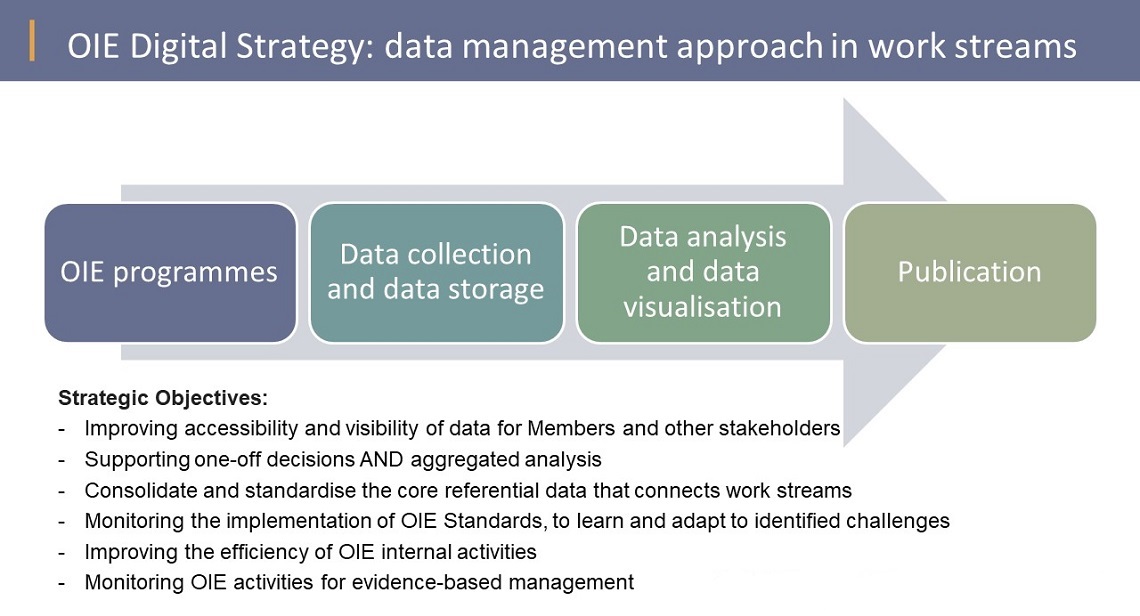
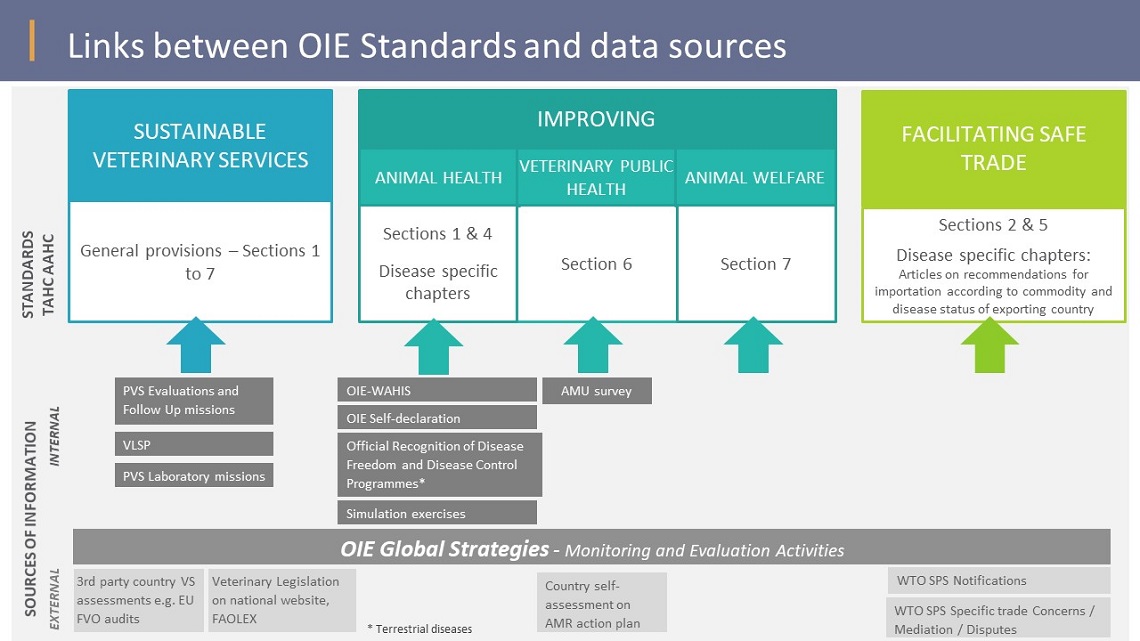

https://doi.org/10.20506/bull.2021.1.3266
References
- Rushton J., Bruce M., Bellet C., Torgerson P., Shaw A., Marsh T., Pigott D., Stone M., Pinto J., Mesenhowski S. & Wood P. (2018). – Initiation of Global Burden of Animal Diseases Programme (GBADs). Lancet, 392 (10147), 538–540. https://doi.org/10.1016/S0140-6736(18)31472-7.




